
OFFICE OF GEOSTATIONARY EARTH ORBIT OBSERVATIONS TEAM (Click the team photo for high-resolution version)
-
Pam Sullivan, DIRECTOR, OFFICE OF GEOSTATIONARY EARTH ORBIT OBSERVATIONS, NOAA
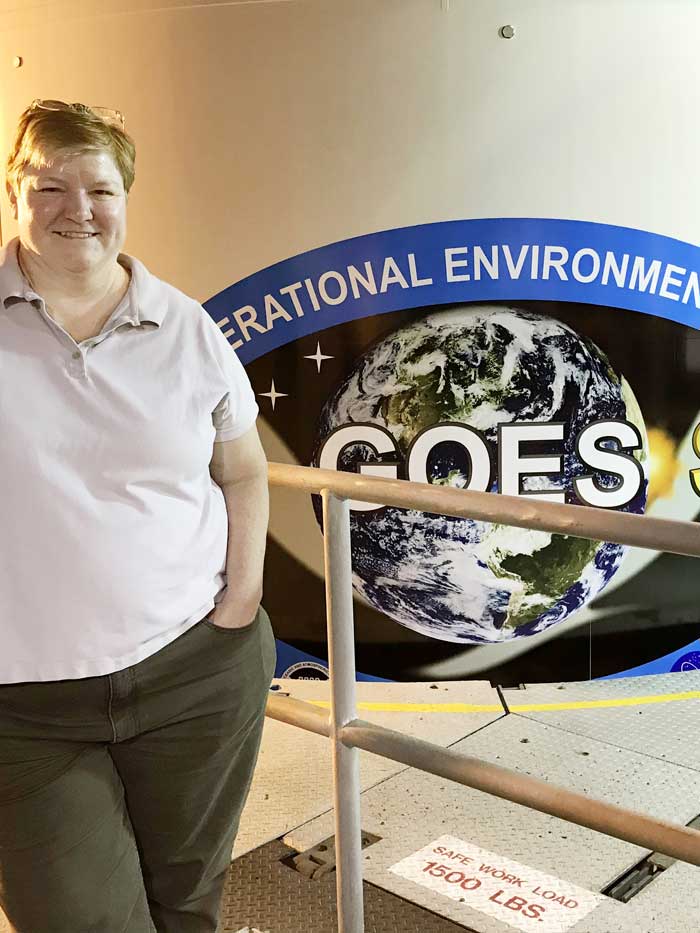
Pam Sullivan, Director, Office of Geostationary Earth Orbit Observations, NOAA Pam Sullivan is the Director of the Office of Geostationary Earth Orbit Observations. In this role, Sullivan oversees the development, acquisition, integration, installation, and acceptance of major system elements (spacecraft, instruments, launch services and ground systems) for the GOES-R Series satellites and NOAA’s next-generation geostationary satellites, Geostationary Extended Observations (GeoXO).
Sullivan joined NOAA in May 2018. Previously, she managed the GOES-R Series Flight project for NASA, directing the development of the spacecraft, Instruments, and launch services for the four satellites in the GOES-R series. Sullivan has broad space flight development experience that includes serving as the Deputy Project Manager for the Joint Polar Satellite System Project, Program Manager for the National Polar Operational Environmental Satellite System Visible/Infrared Imager/Sounder System, and Manager of the James Webb Space Telescope Integrated Science Instrument Module, the Hubble Space Telescope Advanced Camera, and GOES-IM Imager and Sounder instruments.
Prior to starting her NASA career, Sullivan served as an officer in the U.S. Air Force, training as a space shuttle flight controller and supporting military space experiments using the shuttle. Pam is a four-time recipient of the NASA Outstanding Leadership Medal. She holds a Bachelor of Science degree in astronautical engineering from the Massachusetts Institute of Technology.
-
Brian Hall, Deputy Director, Office of Geostationary Earth Orbit Observations, NASA
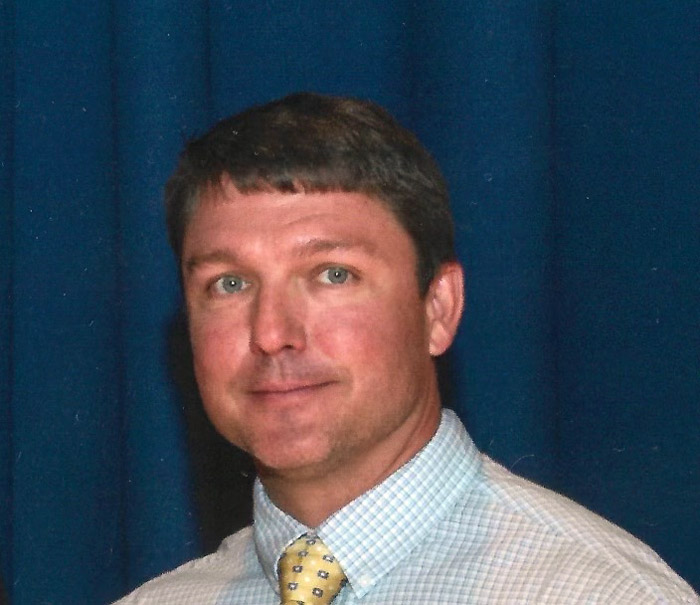
Brian Hall, Deputy Director, Office of Geostationary Earth Orbit Observations, NASA Brian Hall is the Deputy Director of the Office of Geostationary Earth Orbit Observations. In this role, he supports the director with leadership oversight for the ground and flight projects within the program.
Hall has over 27 years of experience in engineering, technical management, and program/project management in support of NASA scientific investigations and research initiatives. Over the course of his career at NASA, he led numerous, complex technology development and technology demonstration projects supporting NASA, federal partners, industry, and academia.
Hall began his career in the NASA Wallops Flight Facility (WFF) Mechanical Systems Branch and later transitioned to the NASA Sounding Rockets Operations Contract where he was responsible for design, development, validation, and operation of flight and ground launch systems. In 2004, he became a project manager in the Range and Mission Management Office managing NASA, Commercial, and Department of Defense launch operations. In 2009, he joined the NASA Sounding Rockets Program Office serving as the technology development manager and later as the payload systems manager. Brian joined the Small Satellite and Special Projects Office in 2019 serving as a senior technical project manager leading the Ultra Long Duration Balloon development, managing the development of NASA’s Autonomous Flight Termination Unit (NAFTU) project, and the Coronal Diagnostic Experiment (CODEX) International Space Station scientific research project. In 2023, he became the Deputy Director for Strategic Integration and Development for the GSFC/Wallops Flight Facility Suborbital and Special Project Directorate overseeing strategic planning and implementation for the Wallops Flight Facility and the NASA suborbital programs.
-
Jim Valenti, ASSISTANT DIRECTOR, OFFICE OF GEOSTATIONARY EARTH ORBIT OBSERVATIONS, NOAA
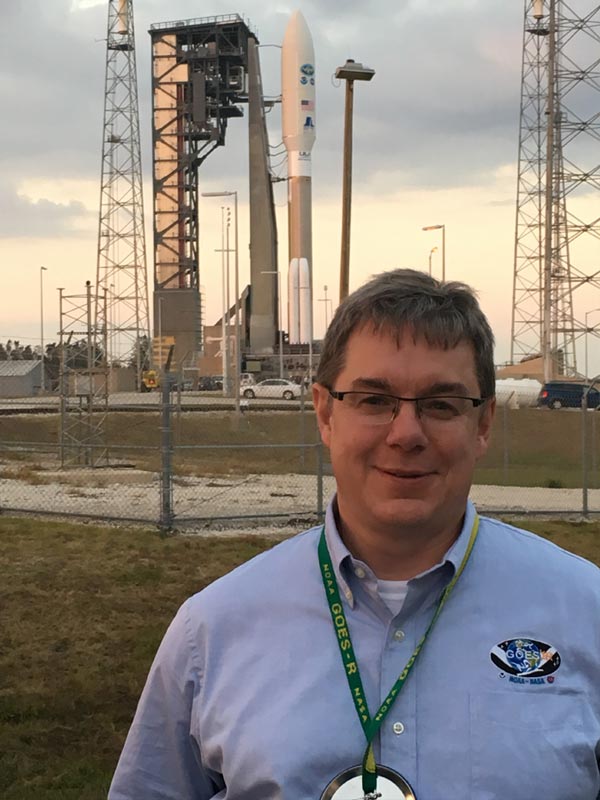
Assistant Director, Office of Geostationary Earth Orbit Observations, NOAA James Valenti is the Assistant Director for the Office of Geostationary Earth Orbit Observations (NOAA). In this role, he supports the director with oversight of the program and ground and flight projects.
James was previously the GOES-R Ground Segment Project Manager. In 2012, he was promoted to this role from Assistant Project Manager. Prior to joining the GOES-R Program, Valenti served in many capacities in multiple offices within NOAA's National Environmental Satellite, Data, and Information Service (NESDIS) since 2001. From 2001 to 2002, he worked in the Office of Satellite Operations (now Office of Satellite and Product Operations) as the Polar-orbiting Operational Environmental Satellite (POES) Engineering Team Lead. In 2002, Valenti transferred to the National Polar-orbiting Operational Environmental Satellite System (NPOESS) Program Office to be the Ground System Division Lead.
Before joining NOAA, Valenti served as a Space Operations Officer in the United States Air Force where he worked as the project manager for the Air Force’s Nuclear Detonation (NUDET) Detection System ground data processing system. He also served as the field liaison and as a flight commander for the Defense Meteorological Satellite Program (DMSP) Office.
Valenti holds a Master of Space Operations degree from the Air Force Institute of Technology along with a Bachelor of Science in Aerospace Engineering from Penn State University.
-
Daniel Lindsey, Ph.D. GOES-R PROGRAM SCIENTIST AND GEOXO DEPUTY PROGRAM SCIENTIST, NOAA
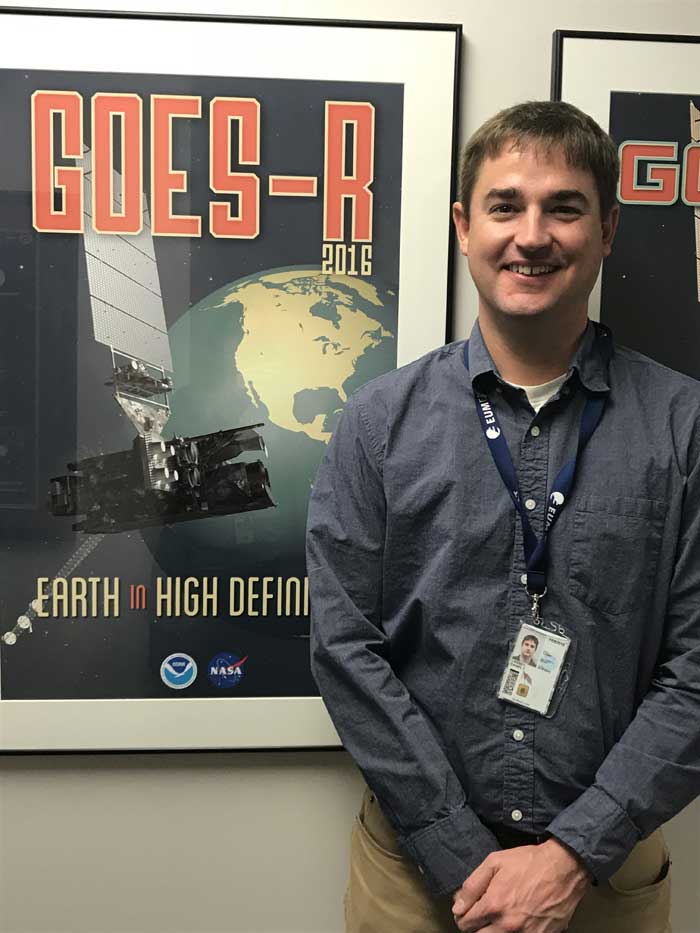
Daniel Lindsey, Ph.D., GOES-R PROGRAM SCIENTIST AND GEOXO DEPUTY PROGRAM SCIENTIST, NOAA As the GOES-R Program Scientist, Dan Lindsey serves as the primary science authority for the program. Lindsey is a research meteorologist who worked for the NOAA Center for Satellite Applications and Research for 15 years before moving to the GOES-R Program in March 2020. In this capacity, he manages the GOES-R science portfolio. Dan also serves as the GeoXO Deputy Program Scientist and the GeoXO Imager Instrument Scientist.
His research interests include remote sensing of mesoscale phenomena, especially convective storms, cloud physics, and algorithm development. Prior to the launch of GOES-R, he helped lead an evaluation of the utility of one-minute imagery from GOES-14 by the National Weather Service.
Dan began his NOAA career in 2004. He is a 2016 recipient of the NOAA David Johnson Award for his work in preparing for the optimal use of data and imagery from GOES-R's ABI prior to launch. Lindsey holds a Bachelor of Science in Mathematics from the University of Georgia, a Master of Science in Atmospheric Science from Colorado State University, and a doctorate in Atmospheric Science from Colorado State University.
-
John Deily, GOES-R FLIGHT PROJECT MANAGER, NASA
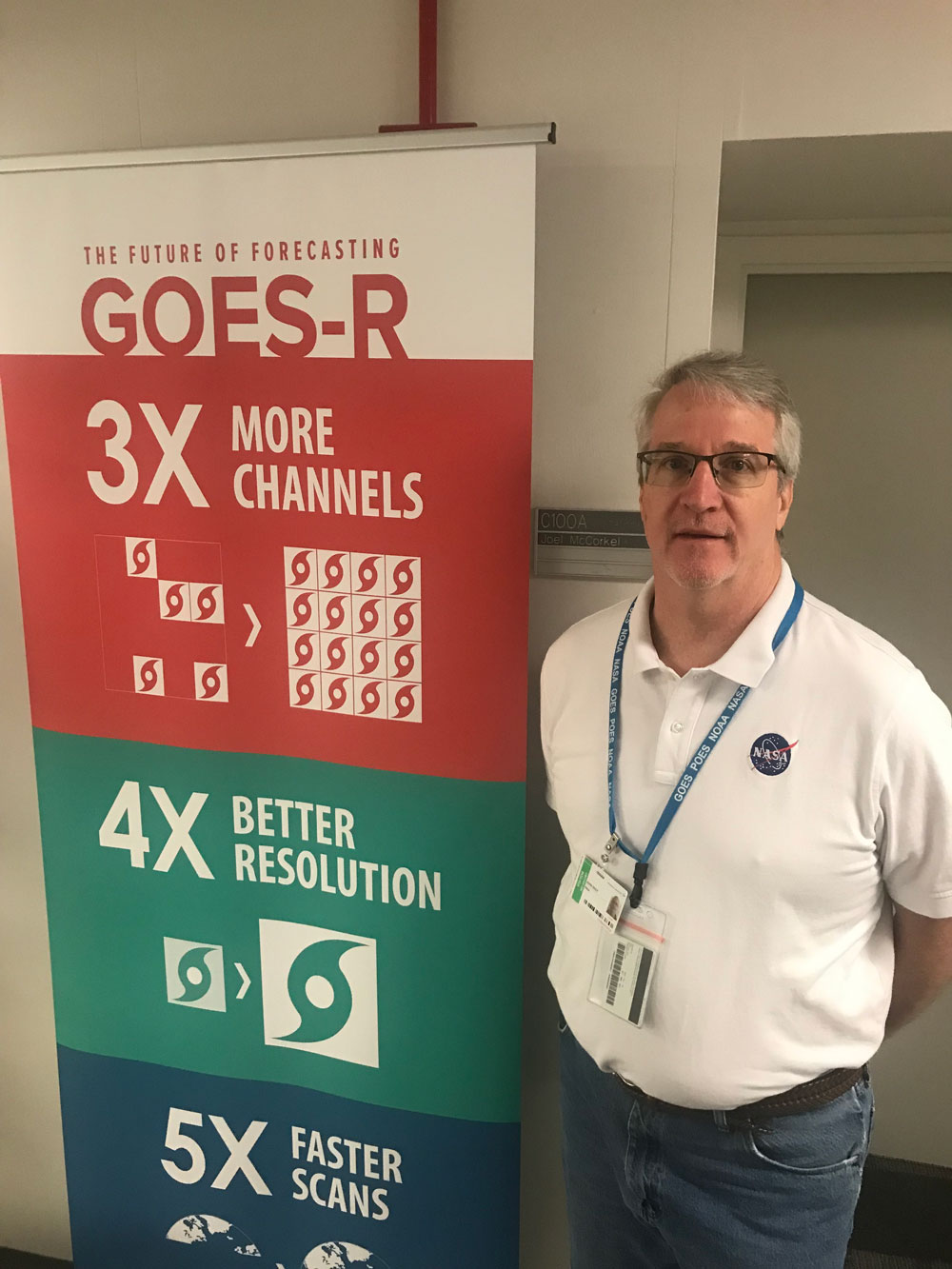
John Deily, GOES-R Flight Project Manager, NASA John Deily is the GOES-R Series Program Flight Project Manager. In this role, he manages the spacecraft and instruments through development, launch, and on-orbit checkout.
Deily has over 35 years of experience at NASA. He has extensive leadership and management experience in both the Goddard Space Flight Center’s Engineering and Flight Projects directorates, serving in senior positions in each for more than a decade. During his time in the Engineering Directorate, he developed a broad experience base as a Branch Head followed by stints serving as Associate Division Chief in three different divisions. In 2010, Deily moved to the Flight Projects Directorate. From 2010 through 2014, he served as the Observatory Manager for the Global Precipitation Measurement (GPM) mission, managing the build, integration and test, and launch of the observatory. After GPM, Deily spent five years on the Joint Polar Satellite System (JPSS) project, serving as Observatory Manager overseeing the spacecraft build, the integration of the instruments, the testing of the observatory, and the launch of NOAA-20. He served the GOES-R Flight Project as Deputy Project Manager from 2019 to 2022.
Deily holds a Bachelor of Science degree in Aerospace and Ocean Engineering from Virginia Tech, and a Master of Science degree in Aerospace Engineering from the University of Maryland.
-
Steve Grippando, GEO GROUND PROJECT MANAGER, NOAA

Steve Grippando, GEO Ground Project Manager, NOAA
Steve Grippando is the GEO Ground Project Manager. In this role, he oversees the design, development, acquisition, integration, installation, test, verification, and deployment of the GOES-R Ground System.
Prior to joining GOES-R, Grippando served as the Project Manager for the Radio Frequency Interference Monitoring System (RFIMS) and the System Engineering Division Chief in NOAA’s Office of Satellite Ground Services (OSGS) in Silver Spring, Maryland. He joined NOAA in 2008. Before joining the GOES-R Ground System Project, Grippando worked within NOAA, the Space Telescope Science Institute, the European Organization for the Exploitation of Meteorological Satellites (EUMETSAT), and the commercial sector, serving in several technical and engineering positions. Early in his career, Grippando served as a Space Operations Officer in the United States Air Force.
Steve has a Master of Business Administration and a Bachelor of Science degree in chemistry from Arizona State University.